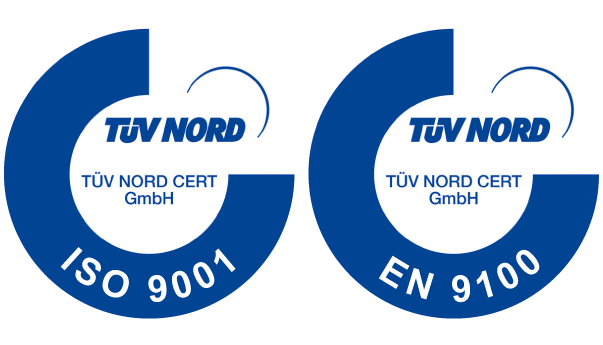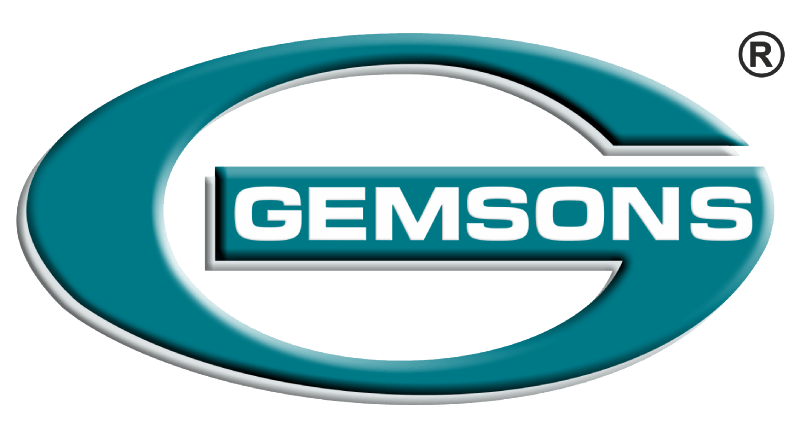For any engineering project and component or part produced, ultimate accuracy should be met. This is an especially pressing issue when it comes to aerospace components when dealing with a flight; every single component of an aircraft would require accuracy and precision to ensure flight safety and assurance. The value of conforming to a certain standard, namely AS9100, is made known to those in the aerospace industry. This refers to the aerospace standard for quality control systems that are internationally accepted.
Industries such as aerospace and aviation are still on the lookout to expand the market or stay competitive. They actively strive to find ways to enhance their practices. This is where it comes into the picture of precision machining.
Computer software, electrical and electronic sciences, and mechanical engineering include precision machining. Over the past decade, this manufacturing process has gained considerable significance. It uses Computer Numerical Control machining equipment to calculate, design, produce and develop many systems, including aerospace, As an industry that can only compensate for a little margin of error, the aerospace industry employs precision machining flexibility and accuracy.
Here are some of the applications of CNC machined components in the aerospace industry.
3D Printing and Production
Given that millions of parts are made up of an aircraft, it is not surprising that many production methods are used in their production: from sheet metal manufacturing and moulding to advanced manufacturing processes such as 3D printing and CNC machining. Compared to manual manufacturing, where even the most skilled worker can make errors, precision machined components can be produced in a shorter period and are generally error-free. The aerospace industry can save on the high cost of wasted materials, error correction, and missed working hours by ensuring accurate and faster manufacturing.
Manufacture of Aircraft Components
5-axis machining is widely used within the scope of CNC machining to manufacture complex aircraft components. It enables parts to be milled, drilled, and manipulated simultaneously along the X, Y, Z, and linear axes without reconfiguring the component or fixing it. In the aerospace industry, why is complexity an asset?. Without compromising quality or efficiency, manufacturing a partially hollowed out or complex geometry component may reduce its weight.
There are now many CNC machines available on several axes where the tool can shift. 5-axis CNC machines allow the aerospace industry to step beyond 3D machining; making machine very complex parts possible. High-end machining equipment can also enhance quality control through higher capabilities of machine precision.
Designing Specifications
The flexibility of CNC machines makes it possible for manufacturers to deal with any material and other requirements usually. CNC machines will do each step and requirements precisely with computer software and the right commands.
Precision machining often makes it more convenient and more comfortable replicating the same components while retaining product quality. The aerospace industry, which utilizes components for many systems and replacement parts, is incredibly realistic. In manufacturing components of many systems, the aerospace industry needs high precision, flexibility, and repeatability. Precision machining, with advances in technology, offers the perfect solution for the aerospace industry to manufacture high-quality components.
Manufacture of End-Use Parts
CNC machines can manufacture end-use parts and high-quality tooling components for aerospace suppliers, combined with advanced design and workflow software and state-of-the-art inspection processes. While all the produced features using CNC machining would be difficult to mention, some crucial examples include hydraulic manifolds, transmissions, fuel bodies, landing gear, electrical connectors, housings, and more.
CNC machining not only plays a key role in aircraft end-use parts manufacturing; it plays a key role in aerospace R&D, allowing large or small aerospace companies to quickly iterate, evaluate and edit new component designs if appropriate. Rapid prototyping services such as Rapid Direct will work with aerospace companies and OEMs to produce machined CNC prototypes and parts with tolerances down to 0.003 mm within as little as three days.


Recent Comments